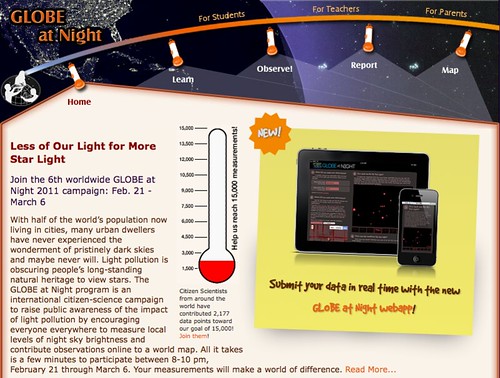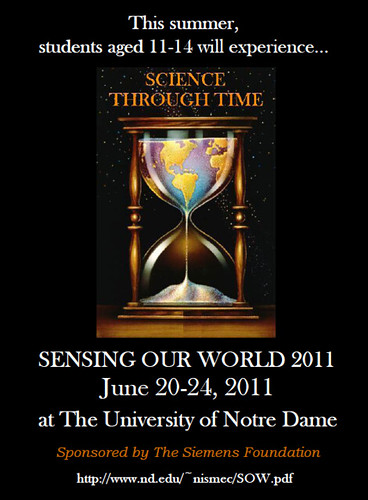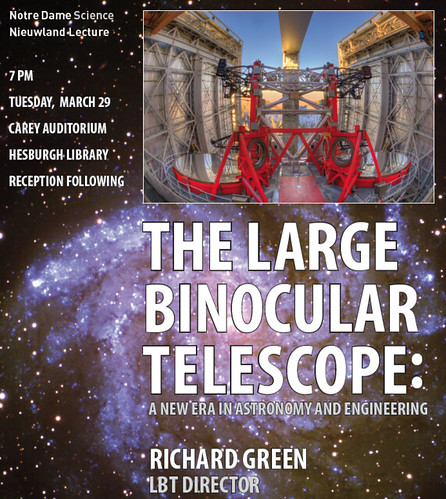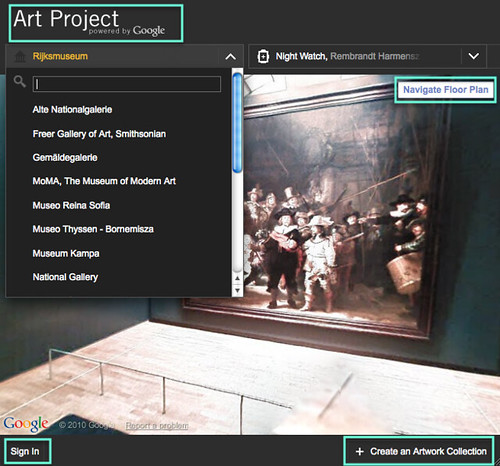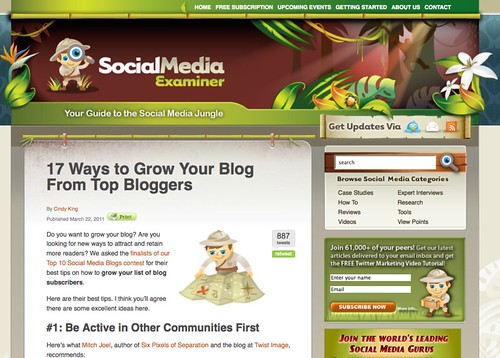
At yesterday’s meeting we introduced and set up a “topic of the week” (TOW) strategy for adding interesting content to our blogs. I’m proposing that we try that strategy here, “in public” but not “to the public”, in our management blog, prior to rolling it out to our delicate shoot of new subscribers (137 as of this posting.) I’d like to propose that at the same time we take a little time to see what strategies successful social media strategists recommend. If we like what we produce in the “topic of the week” series after two or three weeks, we can then advance the series as a whole, or perhaps just a few blogs at a time, to the MichianaSTEM Community blog. So, Val, would you kick off the weekly topical discussion here in the management blog? I think this is a very good idea and I want to help make it work. There is some risk that keeping it to ourselves at first may quench enthusiasm. Let’s try not to let that happen. If it’s a workable idea, we should be able to push it into existence here, first, and then into a broader stream. I’m no expert, but I think that’s a sensible approach to managing our public profile.
Please click on the image above to visit a site with an interesting compilation of suggestions for effective blogging. I think that the very first suggestion is one we should talk about in particular; we don’t interact very much with other environments. The GK-12 blog might help change that, but we should explore other avenues, also. Additional recommendations in this list of 17 suggestions might help us think through our own approach to blogging.
One way to encourage interactions with other blogs is through a blogroll, where links to other community sites are right at hand for everyone who interacts with our blogs. Perhaps each of us could add one blog to the blogroll (accessible under the links tab in the management interface) 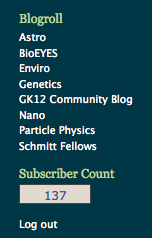 from our areas of interest and/or expertise. For a model, see the blogroll (though thee are all internal sites, and what we need are external sites) for the MichianaSTEM blog.
from our areas of interest and/or expertise. For a model, see the blogroll (though thee are all internal sites, and what we need are external sites) for the MichianaSTEM blog.
